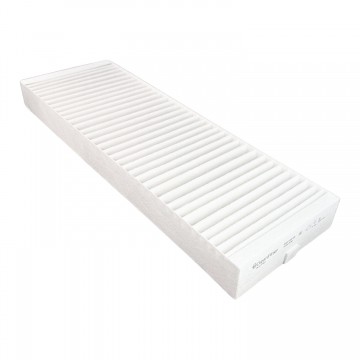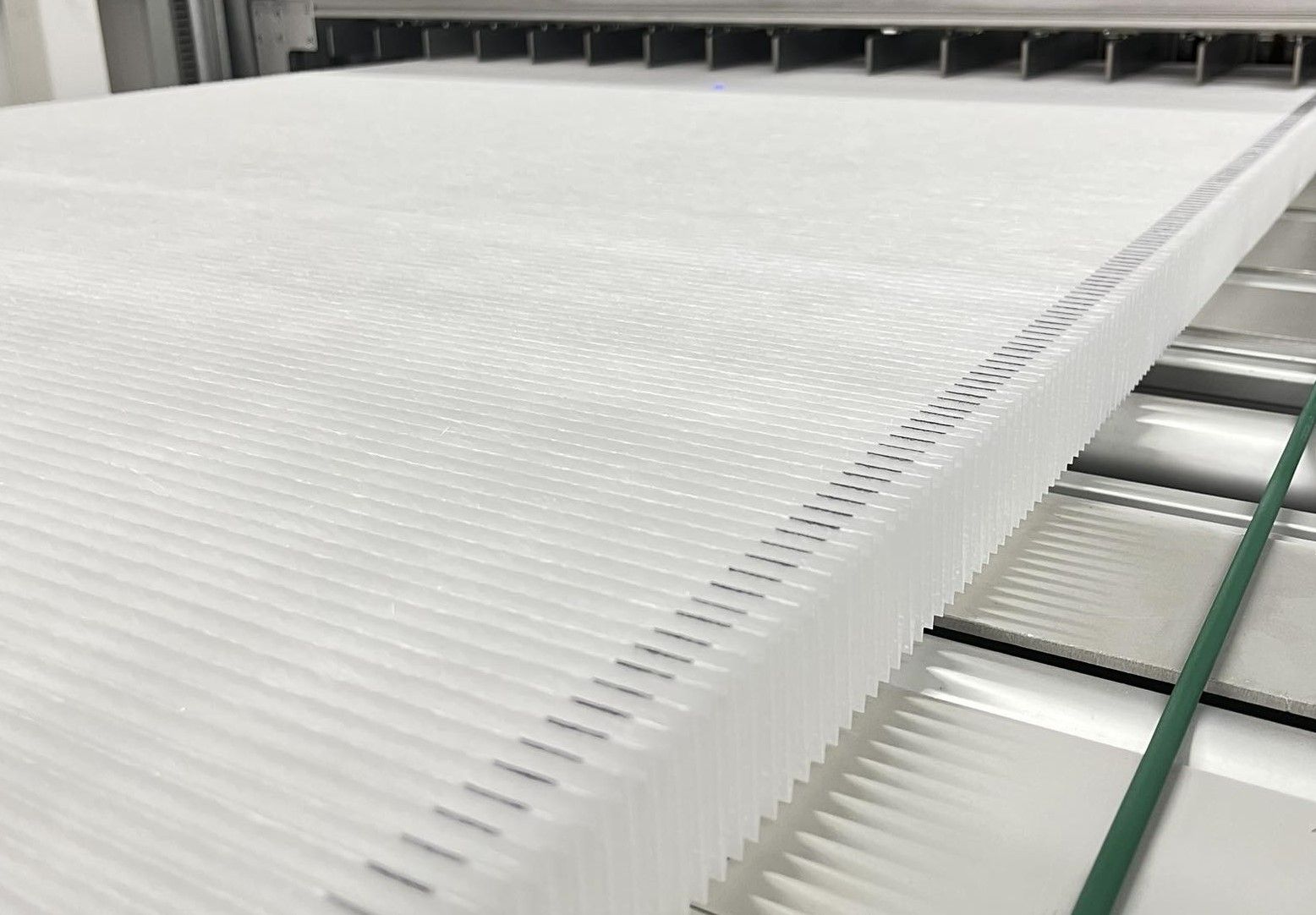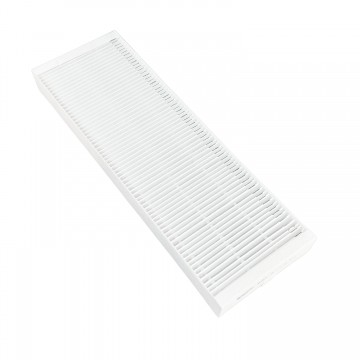Prodmax Pro Mini 300V 1xG4 Filter (Basic protection)
Reference: PROD300VG4
£8.79
delivery in 5-7 working days
Ex VAT: £7.32
| Filter dimensions | 106x360x30 |
| Class EN779 | G4 |
| Class ISO16890 | Coarse 75% |
| Protection level | Basic: larger solid particles, dust, fluff. |
| Quantity of filters | 1 |
| Advantages | check Low airflow resistance: longer servicing term, lower energy consumption. check Made in the EU. check Premium class certified synthetic filtering material (SANDLER AG, Germany) check Tested according to ISO16890 at the accredited laboratory in Germany. |

PROD300VG4
Data sheet
- Manufacturer of MVHR
- Prodmax
- Manufacturer
- CleanFilter
- Model
- Pro Mini
- Model size
- 300
- Air handling unit
- Pro Mini 300V
- Filter dimensions
- 106x360x30
- Class EN779
- G4
- Class ISO16890
- Coarse 75%
- Protection level
- Basic: larger solid particles, dust, fluff.
- Quantity of filters
- 1
- Advantages
- Low airflow resistance: longer servicing term, lower energy consumption.
Made in the EU.
Premium class certified synthetic filtering material (SANDLER AG, Germany)
Tested according to ISO16890 at the accredited laboratory in Germany. - Manufacturer product number
- DFFG4
- Google category ID
- 3573
- Product type
- Filters for Air Handling Units






